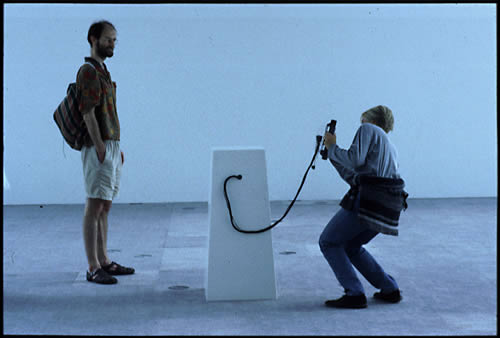
The large-scale emergence of digital media caused a serious transition in many scientific disciplines including history. Digital media has made many new possibilities of practicing history. One of the most important changes is that Big Data offers historians new ways to interpreted and identify specific historical events and link them to bigger historical patterns. For example, a single crime can now be understood on a larger scale and linked to certain patterns. The emergence of digital media and the available use of data transformed into a new discipline that today is called Digital Humanities. The traditional ways of doing history are changing and Digital Humanities forced itself into the traditional ways of historical research. Because of these developments more established historians think that modern historians should include new explanations about using data and digital media that leads to a new development and level of methodological transparency in history writing.
The emergence of digital media has also influenced the way museums organise their historic objects which is described by Gwyneira Isaac in ‘Technology becomes the Object. The Use of Electronic Media at the Museum of the American Indian’. Particularly the NMAI is the site of a significant shift were visual, material and technological categories are intertwined with each other. Isaac argues that there is an increasing trend where technology takes over the actual historic object and uses the NMAI as an example, specifically the ‘Windows on Collections’. Here the original artifacts are housed in class cases and in front of them are computerscreens that show the digital artifacts with additional information.
According to Isaac there are some major problems with the introduction of media technology in museums. In this case the native American objects of the museum are viewed through digital media and no longer mirror the functions and values ascribed to them by the cultures from which they came but instead increasingly represent the values and principles of the colonizer. Isaac also refers in her article to Alfred Gell. Gell says that the ‘enchanted technology’ is creating new relationships between ourselves and our digitally transformed worlds. In this sense technology casts a spell over us so that we see the real world in an enchanted form. But one of the most important reasons that the NMAI chose to represent historical artifact through new technology is the demand of the public to interact with media technology, and also because there was not enough physical storage. But, according to the interviews, a lot of visitors had a hard time to connect the virtual object with the actual object. Isaac also says that the current postcolonial theories or ‘new indigenous museology’ do not provide sufficient frameworks for understanding the new media technology environments at the NMAI.
The main argument of Isaac is that a greater amount of electronic media use, in the case of the NMAI, does not necessarily offer a better understanding of Native American cultures. Instead the media technology itself becomes a museum object. This demonstrates that the NMAI offers a new terrain were media technology is not just the vehicle that provides additional tools to better understand the Native American culture but instead becomes the message itself. The entrance of technology in museums is part of a wider discussion that can be seen on the website of the Network of European Museum Organisations. This organisation supported a large research that was funded by the European Commission. This research considered the impact of digital technology and the recalibration of the relationship between institutional cultural heritage practices and the individual. The outcomes of the research show that the development and implementation of emerging, innovative technologies can have many benefits for cultural heritage institutions and visitors but can also be disruptive, challenging and limiting.
Another example of the increasing emergence of new technology can be seen within one of the most important museums in the world: the Metropolitan Museum of Art in New York. Like other museums, the Met struggles with the question on how to deal with new technologies in the digital age. But the Met has already answered the question. The chief digital officer, together with a staff of 70 in the digital-media department, is responsible for bringing the museum experience into the digital age. Rather than fighting Facebook and Youtube, the Met is acknowledging that services like Twitter and Snapchat are part of a new culture that is inevitable. The website also mentions other important museums like the Louvre in Paris. The Louvre chose to offer vistors an unlikely device to explore the objects within the museum: a Nintendo 3DS XL. Other museums that are mentioned on the website use the same kind of digital devises that offer new ways of exploring the museum but also show exactly the problem that Gwyneira Isaac points out: the original objects are replaced by digital media. Not everybody considers this a bad development as can been seen in this article. Several other articles explore the impact of technology even further.
Personally i think that new technology can offer great improvements in any particular field but that doesn’t mean that these new possibilities must not be met with a great deal of skepticism and a critical view. Now it seems that the technological capabilities are being used without first asking the right questions about the functions and additional value of using them. The development of technical vehicles and tools is more rapid than the amount of time being spent on thinking about the right way to use these technologies. I do think that museum should adapt to modern times but i hope that museum are aware that they need to use the right interpretation for the functions of technology and that they also use the right amount of self-preservation and do not yield to popular demands.
Bas